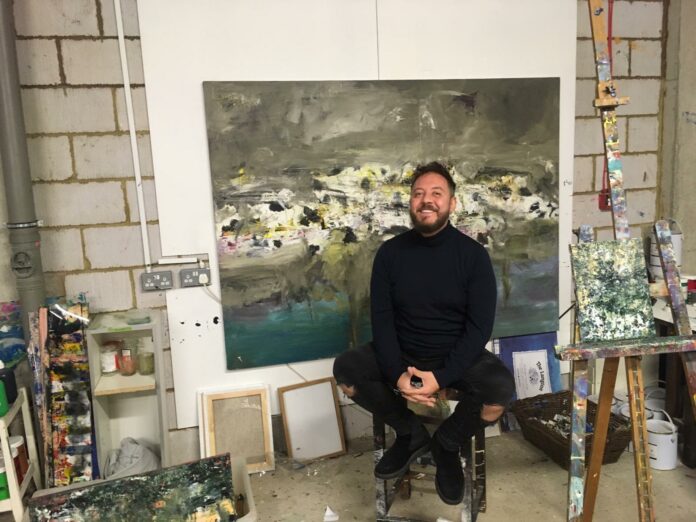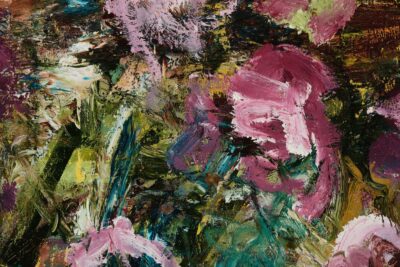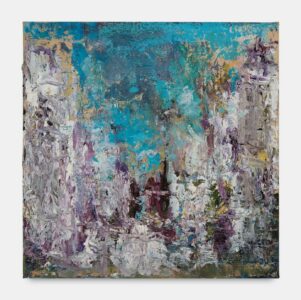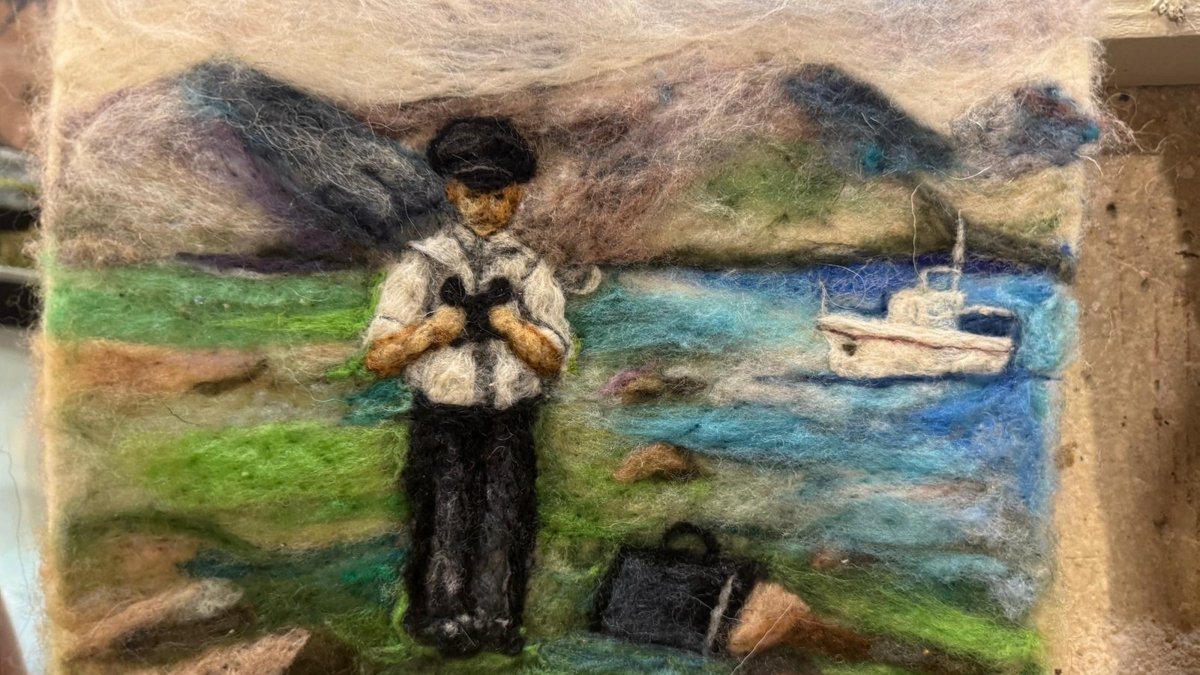
London – Romanian Artist Bogdan Mihai Radu is a painter deeply influenced by nature, reflected in his textured, light-filled works. Born in Sibiu, Romania, he grew up in Tălmaciu, a place known for its picturesque countryside. The beauty of Transylvania and its dramatic light, shaped by the Carpathian Mountains, had a lasting impact on him.
Radu draws inspiration from John Constable’s studies of nature, exploring the interplay of light and shadow. His work includes landscapes, seascapes, floral still lifes, and abstract pieces. Notable works like “Transylvania in Spring” (2020) and “Everything Wet” (2021) highlight his skill in capturing the changing light and textures of his subjects.
His seascapes, especially “Restless Sea” (2018), mark a turning point in his career, showcasing his transition to bold, dynamic expressions. This period of change is further evident in his abstract works, such as “Material Nature” (2020), where he uses techniques like sgraffito to add depth and texture.

Radu’s paintings often reflect political and personal themes, influenced by artists like Gerhard Richter and Anselm Kiefer. Works like “Field and Factories” (2020) and “Rust” (2020) comment on Romania’s transformation under Ceaușescu’s regime, using color and texture to convey the country’s altered identity.
Radu’s early exposure to art came from his mother, who worked in a string factory. Winning first prize at the Oxford International Art Fair in 2018 brought him to London, where he continued to evolve his artistic style. His “Searching for Life” series, exhibited at the Romanian Cultural Institute in London, explores his artistic identity.
Inspired by Lucian Freud’s textured paintings, Radu began incorporating similar elements into his work. His time in London added a fresh perspective, seen in pieces like “Hampstead Heath I” and “Hampstead Heath II” (both 2019), which capture the vibrancy of his new experiences.
Radu’s background in horticulture and forestry remains a central influence, with flowers recurring in his work. Throughout his paintings, the role of light is paramount, illustrating how it transforms the natural world. For Radu, the sky is the illuminator of life, governing all beneath it.

Can you describe your journey to becoming a painter? What inspired you to start?
As a child, I was captivated by the paintings in my grandparents’ and neighbors’ homes. I would tell my grandparents that I needed to reproduce a famous painting for school and then show them my version as if it were the original. Visiting my mother’s workplace, a thread factory with vibrant colors, further fueled my love for art. Growing up at the foot of the Făgăraș mountains, surrounded by beautiful landscapes and my grandparents’ flower garden, deeply connected me to nature and inspired my artistic journey.
How would you describe your artistic style, and how has it evolved over time?
I am a landscape painter, drawn to dramatic scenes with storms, dark skies, and wintry fields. Early in my career, I painted many flowers but now focus on withered blooms rather than perfect arrangements. Recently, I have embraced expressive abstractionism, characterized by bold brushstrokes and texture.
Who are some artists or mentors that have influenced your work the most?
Corneliu Brudașcu, Gerhard Richter, and Anselm Kiefer have significantly influenced my work.
What themes or messages do you aim to convey through your paintings?
I explore metamorphoses, the transitions between seasons, the cycle of life and death in nature, and its subsequent rebirth.
What materials and techniques do you prefer to use, and why?
I prefer oil on linen canvas for its flexibility, as it dries slower than acrylic. However, I also experiment with acrylics when the medium appeals to me.
How do you deal with creative blocks or periods of low inspiration?
Creative blocks are rare for me and usually due to health issues. I continue to paint through these times and revisit my work when I feel better.
What are some challenges you’ve faced as a painter, and how have you overcome them?
Not being allowed to attend art school as a child meant I had to work harder to catch up. My ongoing health issues and lack of a personal studio are also challenges, but I remain optimistic about overcoming them.
How do you see your work evolving in the future? Are there any new directions or projects you’re excited about?
I plan to continue focusing on landscapes and seascapes, creating larger pieces with more vivid and strong brushstrokes. I acknowledge my art may not appeal to everyone, but I aim to make it more impactful.
Can you discuss any current or upcoming exhibitions or
collaborations?
Currently, my work is featured at the Royal Art Academy’s Summer Exhibition in London. I will also be part of the Hampstead Art Society’s summer exhibition and have a solo show, “Inner Landscapes,” at the Romanian Cultural Institute in London. Future solo shows are planned for the National Museum of Contemporary Art of Romania and the Brukenthal Museum in Sibiu.
What impact do you hope your art will have on viewers and the art
community?
I hope my art resonates with viewers, encouraging them to reconnect with nature and appreciate life. I aim to reflect personal experiences and emotions in my work.
How do your personal experiences and background influence
your work?
My traumas and painful experiences heavily influence my art, making me more expressive and impacting my brushstrokes.
What’s the most rewarding aspect of being a painter?
The most rewarding part is the connection with people who find my
art interesting and engaging. Art has been my lifeline, providing purpose and fulfillment.
How do you see the role of visual art in today’s society, and what part do you hope to play in that?
Art remains crucial and increasingly political. I aspire for my work to become stronger and more visible, particularly reflecting my identity as a gay artist.
You can check Radu’s art on: www.bogdanmihairadu.com






